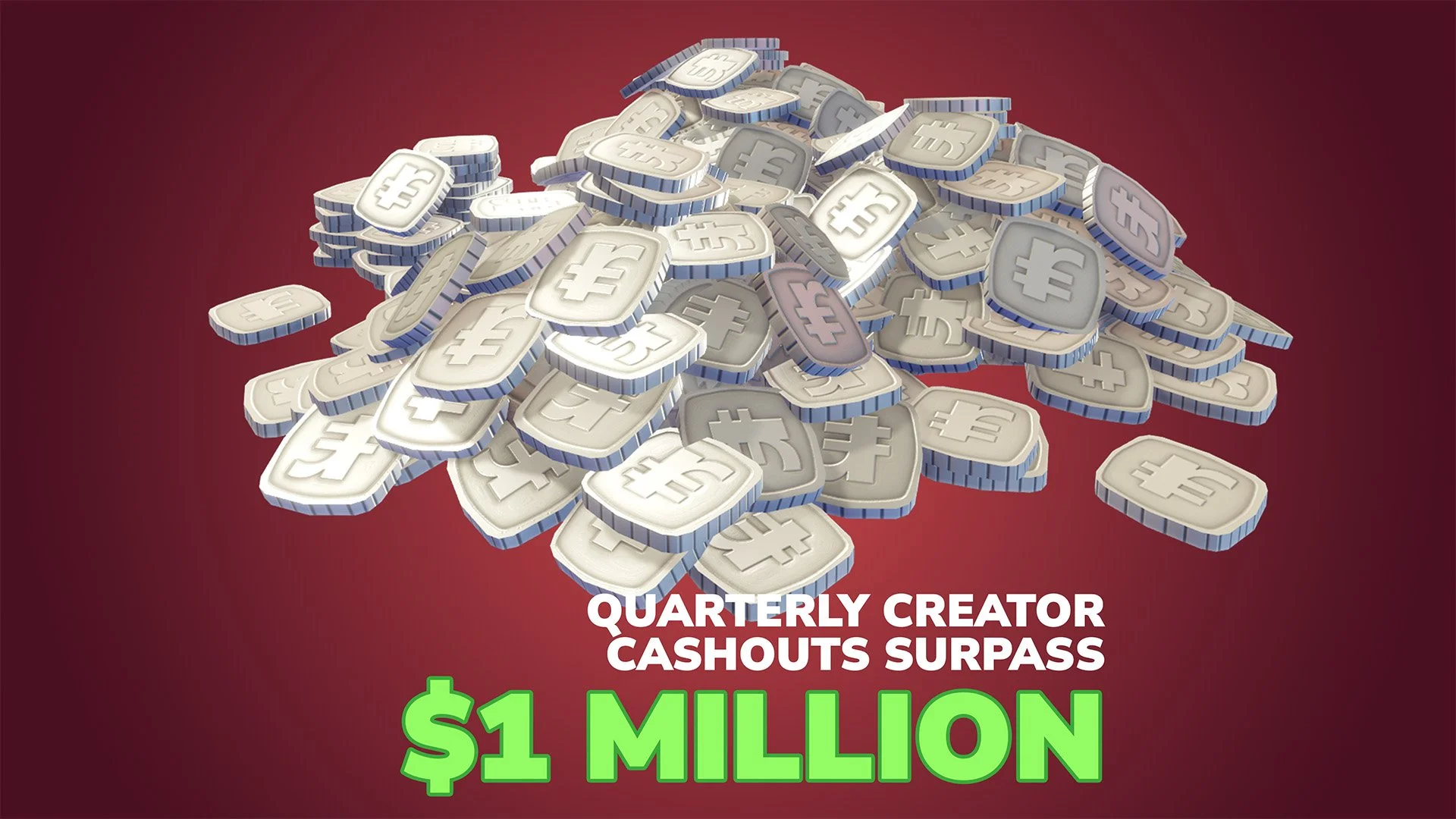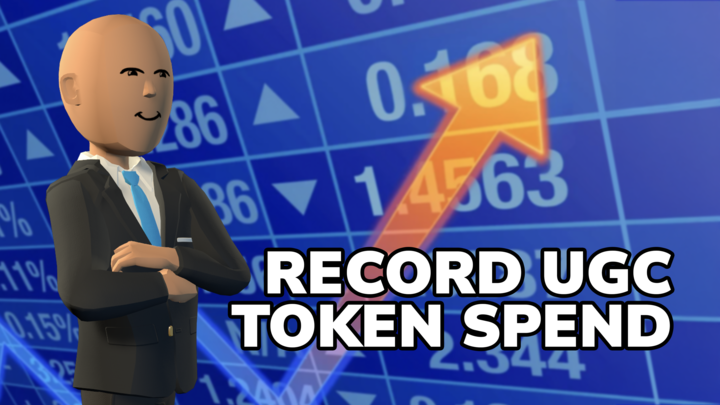NEWS HUB
Featured

A $1M Quarter for Rec Room Creators
This week, we’re providing more detail on one of our lesser known and newer systems – profile photo moderation.







